Industries
Industries overview
An overview of how different media industries work together.
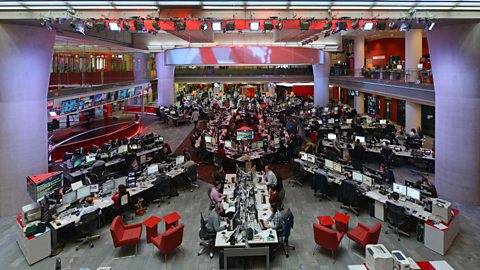
Television
70 years ago it was unusual for a household to have a TV, now 96% of UK homes have one.

Magazines
In the UK alone, there are approximately 8000 different magazine titles for general sale.

Advertising
Advertising can be presented in many forms; from TV adverts, to radio jingles, to internet pop ups and billboards.
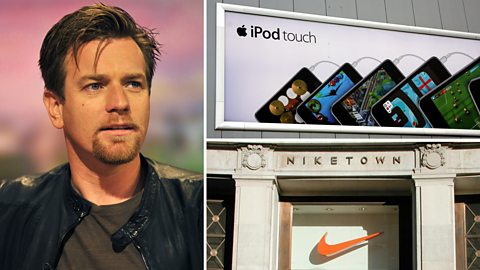
Film
Film is one of the oldest media industries as well as a major global business making billions each year.

Music
How we buy and consume music has changed over the years. These days, we’re most likely to purchase digital downloads and listen to digital audio files.
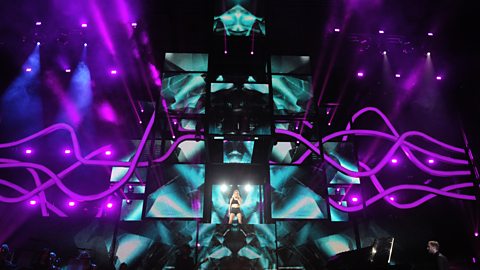
Newspapers
Every day hundreds of different newspapers are published. The content and layout of each newspaper reflects its target readership.

Radio
Radio has evolved dramatically since it began in the 1920s.

Websites
Websites, like video games, offers one key feature which distinguishes them from other media texts: interactivity.

Computer and video games
The computer and video games industry is one of the newest and most rapidly expanding media industries.
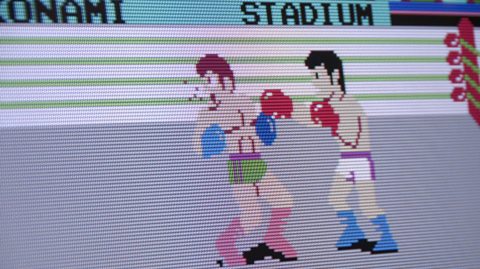
Genre
What is genre?
Genre describes and categorises different types of media texts.
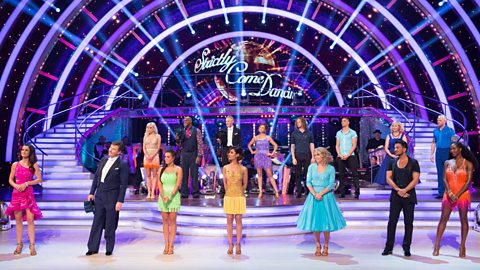
Analysing genre
Different media texts have codes and conventions which can be used to analyse genre.

The Family. Video
Participants in 1974 reality TV series, The Family, talking to the producer.

Narrative
What is narrative?
All media texts have narratives, whether they are a TV drama, a newspaper or a full length feature film.
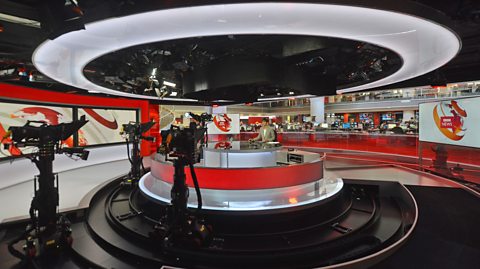
Narrative techniques
Media texts use a range of narrative techniques to tell a story.

Representation
What is Representation?
In media studies, representation is the way aspects of society, such as gender, age or ethnicity, are presented to audiences.

Representation of gender
The representation of gender is a powerful code in media texts.

Representation of age
Representations of age can influence how audiences respond to a character or real-life person in a media text.

Ethnic, national and regional identity
Ethnic, national or regional identity is reinforced or undermined by how it is represented in the media.
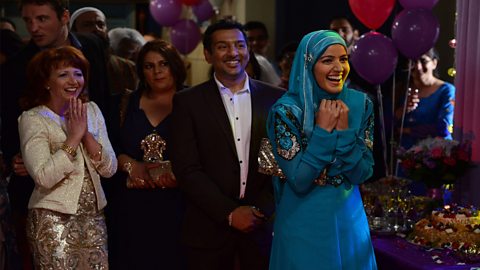
Issues and Events
As well as representing groups of people, the media also construct representations of issues that are important in society.

Audiences
Target audience
The relationship between audiences and media texts is constantly evolving.
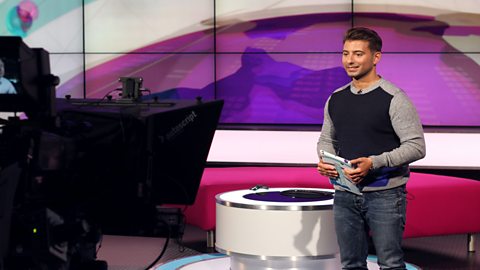
Audience appeal
Some media texts aim to attract a broad audience while others are for niche audiences with a specific interest.

Production skills
Research
Research is one of the most important phases of any production.

Planning
After you've conducted all your research, you need to plan your production.

Production
Advice for producing your own media text.

Links
- External linkExternal link
- SubscriptionSubscription
- External linkExternal link
- SubscriptionSubscription